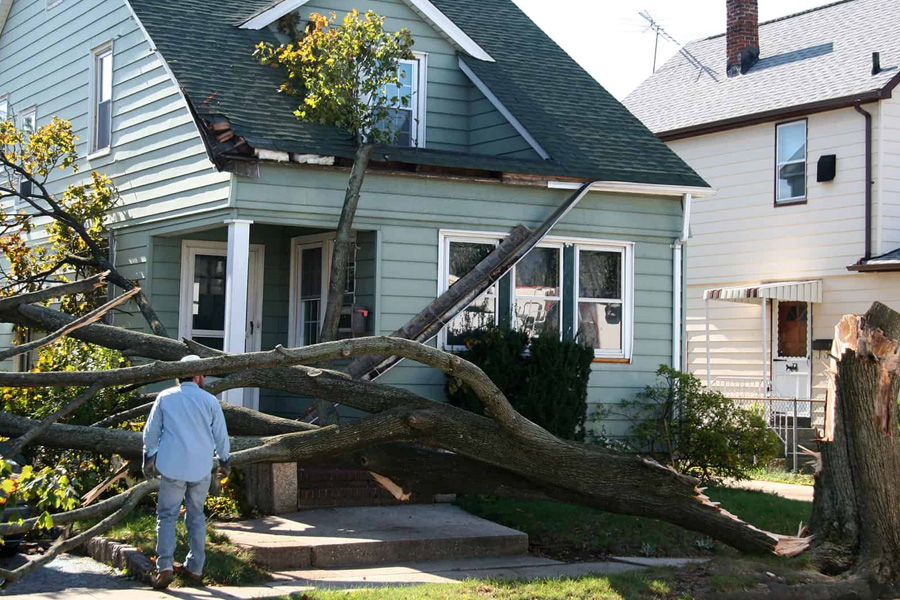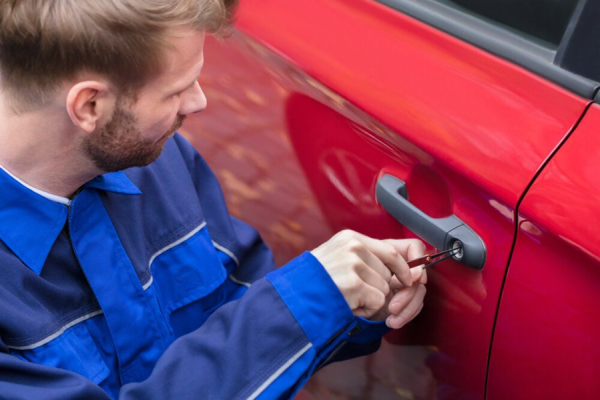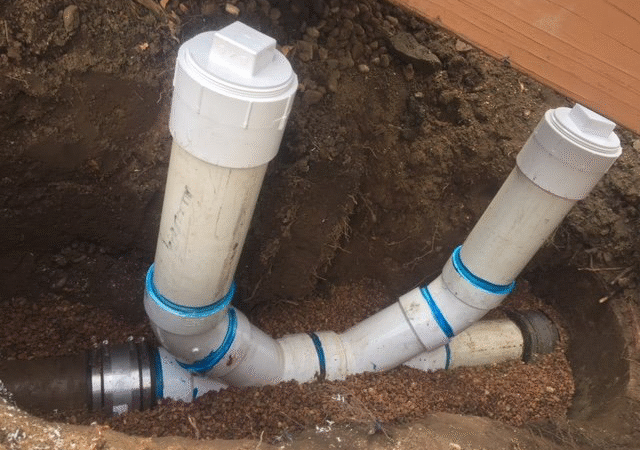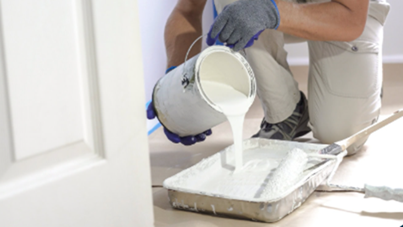How to Deal with Property Damage at the End of a Lease

Moving out of a rental always feels like a big deal. You have boxes stacked high, the car loaded for tip runs, and that final inspection looming.
Then, you start noticing the little things: scuffed walls, a cracked tile, or a few carpet stains that have seen better days.
It’s all part of the rental shuffle most Aussies know too well. But with a bit of preparation and the right approach, you can wrap things up without the drama and keep that bond money where it belongs—back in your pocket.
Here’s everything you need to know.
Check the Terms in Your Lease
Before you start patching things up or stressing over small marks, take a moment to revisit your tenancy agreement. It’s your go-to guide for what’s fair wear and tear and what counts as real damage.
A few scuffs on the wall or a worn carpet from everyday living is totally normal. Broken tiles or ripped curtains, though, are usually on you.
Every rental is a little different, and some landlords include extra details about repairs or maintenance in the paperwork. So, grab that lease (even if it’s buried somewhere in your email) and give it a proper read.
If something doesn’t make sense, reach out and ask. It’s much easier to clear things up now than deal with surprises later.
Know Where You Stand Legally
Reading your lease is one thing, but it’s just as important to understand the actual rules where you live.
Each state and territory in Australia has its own tenancy laws, and the details can differ quite a bit. What’s considered fair wear and tear in New South Wales might be treated differently in Queensland or Victoria.
Different jurisdictions also have their own legislation that sets out basically how the landlord/tenant relationship works. This includes notice periods, lease terminations, and the responsibilities of both parties.
Knowing these rules gives you a clear picture of your rights and obligations before you move out, especially when it comes to your bond or any damage claims. It helps you recognise unfair deductions and gives you the confidence to speak up if something doesn’t seem right.
It’s not as complicated as it sounds, so relax. You don’t need to know every clause by heart. Just look up your local tenancy authority or renter advice service online for clear, reliable information.
Record the Condition of the Property
Before returning the keys, document everything. Snap wide shots and close-ups of anything that can raise eyebrows later. Found scratches on floorboards or chips on the paintwork? Photograph it all.
Time-stamped photos are an absolute must if there’s ever a dispute. Save them in a neat folder on your phone or laptop so you can pull them up in a flash.
It’s also a good idea to share a few with your landlord or agent to show you’re being upfront about the property’s condition. Also, pay extra attention to those high-traffic spots that tend to wear first, such as the kitchen, bathroom, and around the entryway.
Address Repairs Quickly
It happens to all of us: we spot a wobbly door handle or chipped tile and think, “Ah, it’s fine for now.” But the best time to sort it out is while you’re still living there and things are fresh in your mind.
Reaching out early shows you’re on top of things and helps avoid any confusion about who’s responsible for what.
Try to keep communication as friendly and transparent as you can. Send a quick message, explain what you’ve noticed, and see how your landlord or property manager wants to handle it. Most will appreciate the honesty and the effort to keep the place in good shape.
Hold on to your messages or emails, too, just in case you need a record of what was said. Staying proactive with repairs makes the whole move-out process smoother, keeps communication easy, and leaves you walking away on great terms (and with your bond intact).
Get Estimates for Fixes
If something needs fixing, get a couple of quotes. It helps you compare prices and avoid overspending.
Whether it’s a leaky tap or a damaged door, a few calls to local experts could save you cash. For smaller jobs, you can do it yourself. A nail hole or a squeaky hinge doesn’t always need a pro. Still, for bigger repairs, call someone who knows what they’re doing. It’s not worth the risk.
Keep your quotes together in a folder or spreadsheet. Having everything laid out clearly makes it easier to discuss with your landlord.
Get Ready for the Final Inspection
Before the big day, give the place a once-over, then do it again. A checklist is going to help you cover all the usual problem spots.
Dust, polish, patch up little scuffs, and swap out any burnt bulbs. Pretend you’re the landlord doing the walkthrough—what would you spot? That’s what needs attention.
If possible, be there for the inspection. You can explain any issues, answer questions, and even show your before-and-after photos if needed. The aim is to hand the property back in good condition, not flawless, just well looked after.
If you’re unsure whether your regular tidy-up hits the mark, booking a bond back cleaning service can make all the difference.
These professionals know what agents and owners look for, covering details you might overlook, like rangehood filters or skirting boards. It’s one less thing to stress about during an already busy time.
Conclusion
There’s something satisfying about closing the door on a place you’ve cared for and knowing you’ve done right by it. Ending a lease well is your golden chance to wrap things up smoothly and step into the next place with a smile on your face.
Take pride in the effort you’ve put in, hand those keys back with confidence, and look forward to your next home feeling organised, stress-free, and ready for a fresh start.
A new chapter is waiting for you, full of amazing possibilities. Embrace it.







